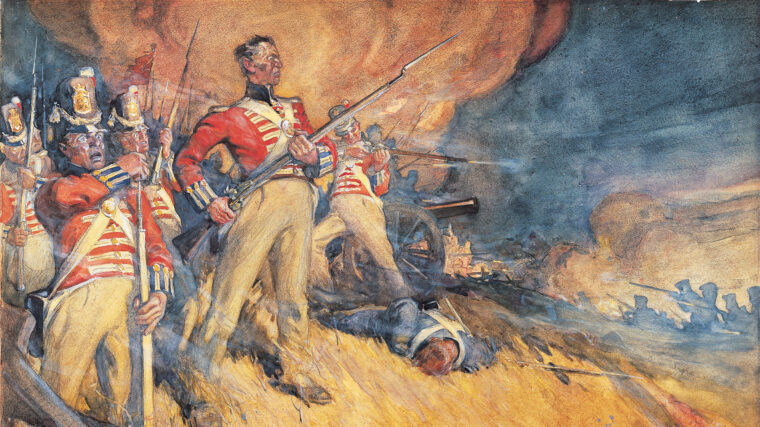
United States
The War of 1812: Slugfest at the Battle of Lundy’s Lane
by Mike PhiferIn the cover of darkness and fog, American troops quietly made their way down to the edge of the Niagara River. Read more

United States
In the cover of darkness and fog, American troops quietly made their way down to the edge of the Niagara River. Read more
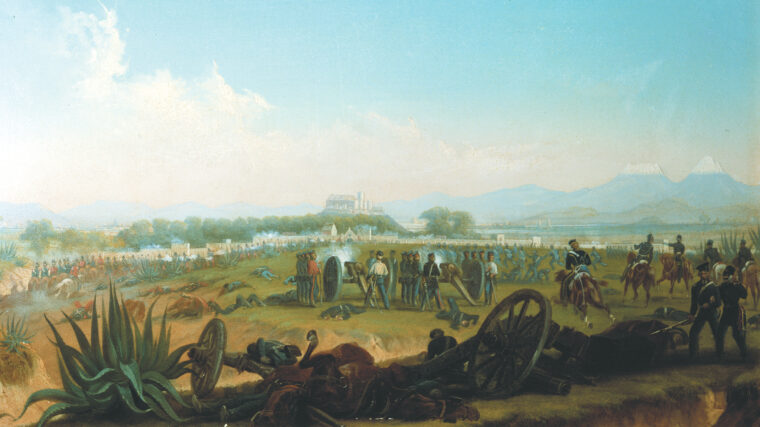
United States
“It is with artillery that one makes war.” So declared Napoleon Bonaparte, one of the Great Captains of military history and a born gunner himself. Read more
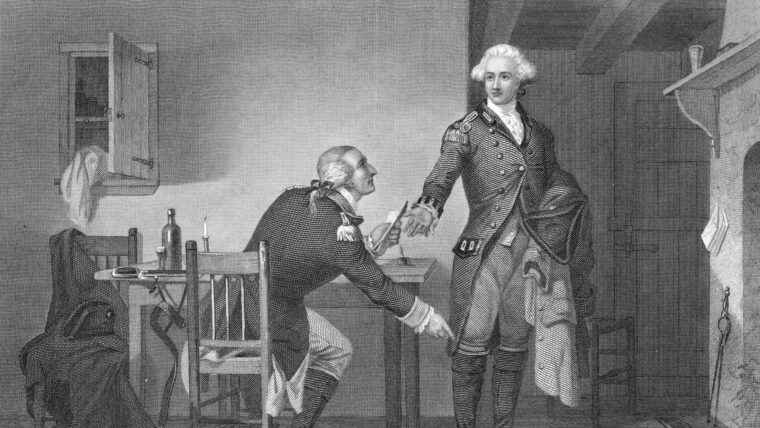
United States
The American Revolution was a proving ground for American spy operations. General George Washington’s use of deception, covert activities, secret inks, and informers was a model for future spymasters. Read more
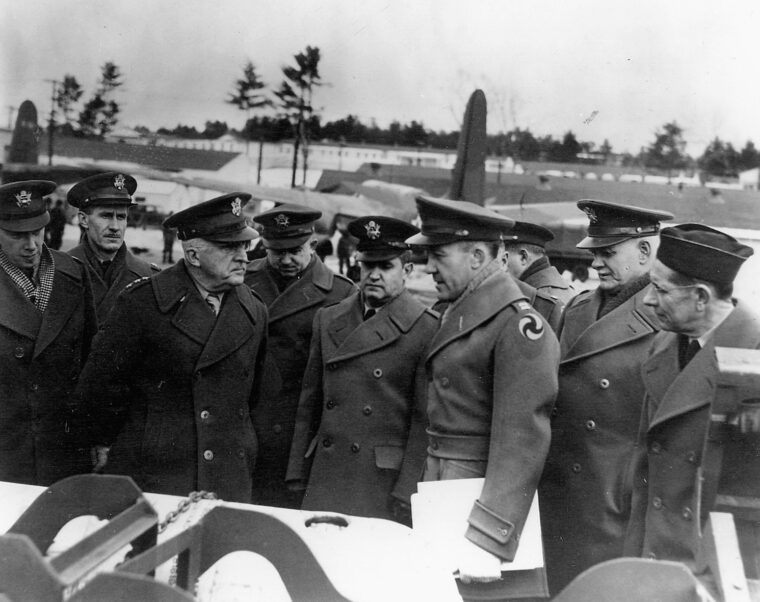
United States
It was the worst of times for the Allies. It was the time of opportunity for senior U.S. Read more
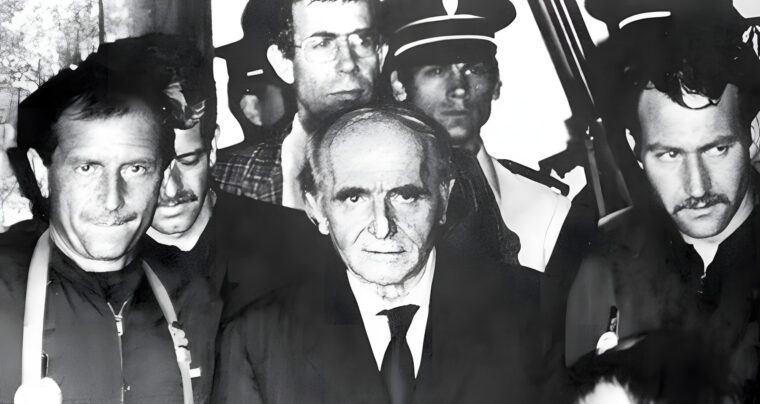
United States
By 1944, many top generals in Adolf Hitler’s army understood the war was lost and that they had better make arrangements to ensure their safety. Read more
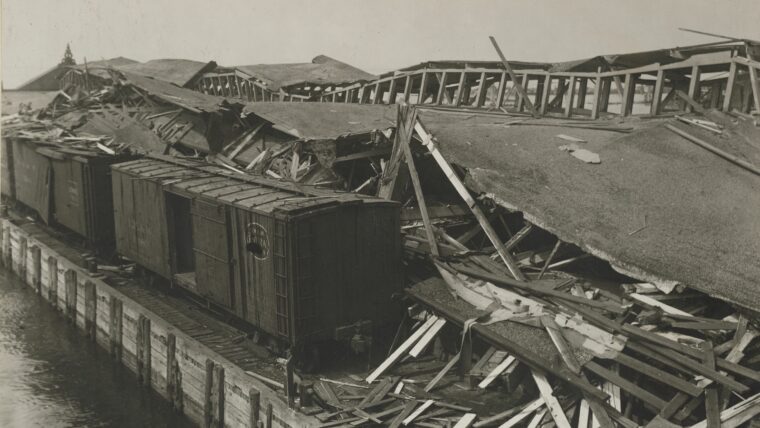
United States
In the summer of 1916, America was an island of peace in an ocean of war. The guns of August 1914 had been blazing away in Europe for nearly two years now, primed by a booming American munitions industry that found itself growing rich on the long-distance suffering of others. Read more
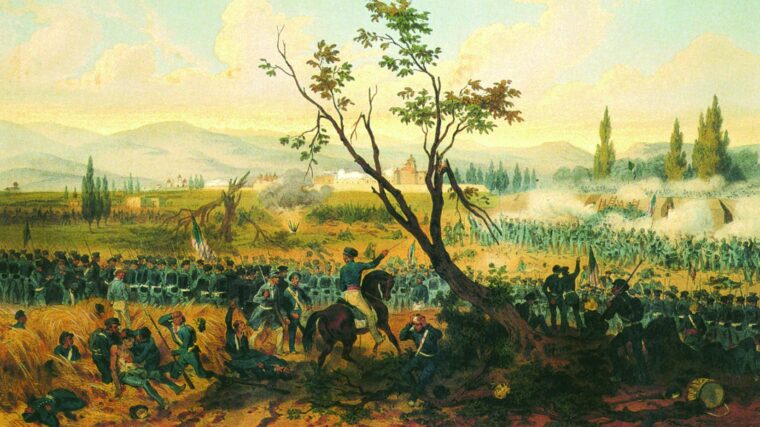
United States
Men have been reporting their wars almost as long as they have fighting them. The first prehistoric cave drawings depicted hunters bringing down wild animals, and spoken accounts of battles, large and small, formed the starting point for the oral tradition of history. Read more
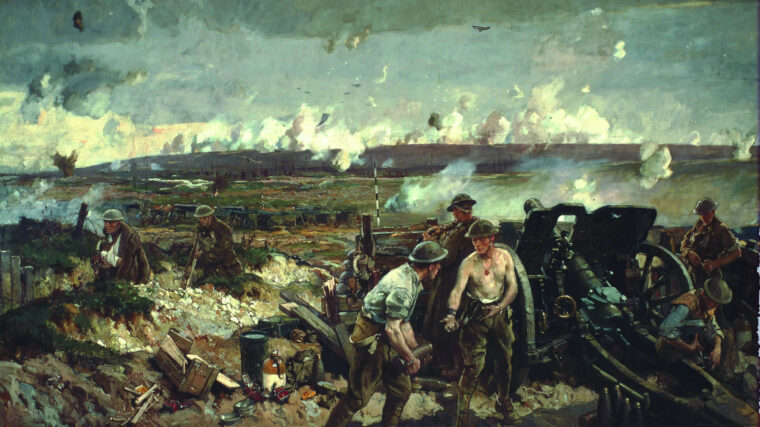
United States
All wars give rise to change and innovation. In the early years of the 20th century, a short but nasty territorial war erupted between Russia and Japan. Read more
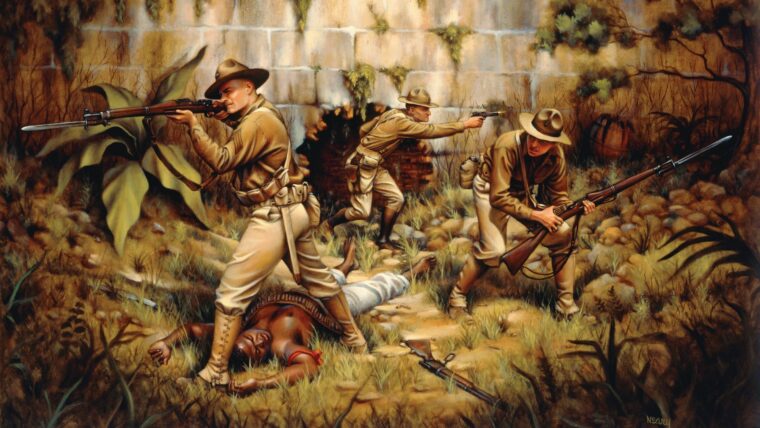
United States
On November 17, 1915, Major Smedley Butler and a small force of U.S. Marines approached the old French bastion of Fort Riviere in Haiti. Read more
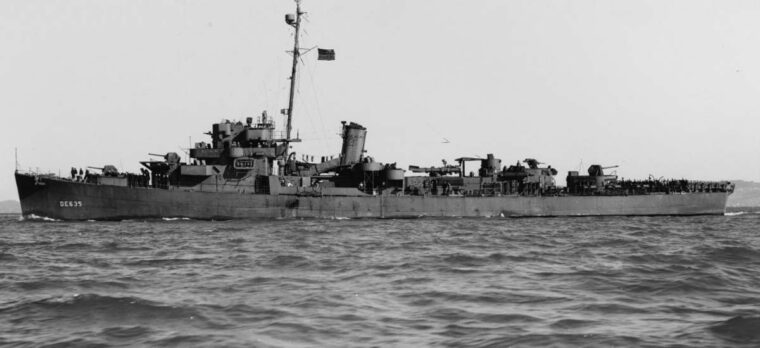
United States
From his naval base at Tawi Tawi in the southern Philippines, Japanese Admiral Soemu Toyoda anxiously perused intelligence reports that might provide a clue to the objective of the next seaborne South Pacific invasion by American military in the spring of 1944. Read more
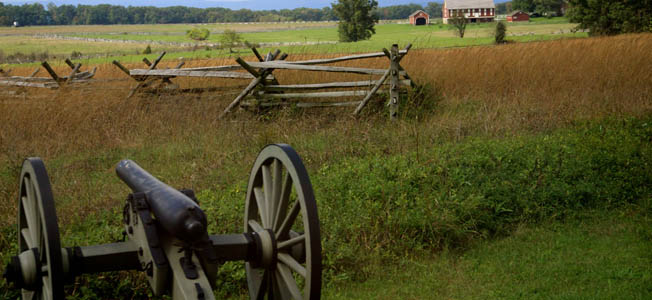
United States
The occasion was, for the North, inauspicious. In the Battle of First Manassas, the Federals were routed, humiliated, and almost utterly crushed. Read more
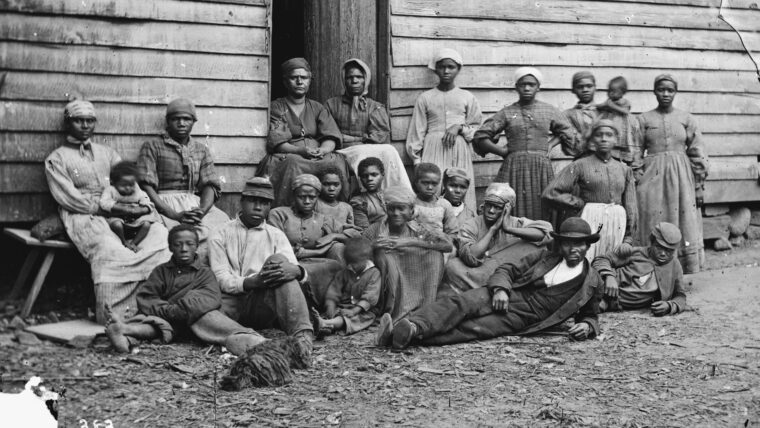
United States
As the early days of the American Civil War were unfolding and the destiny of the republic was being contested on the battlefield, President Abraham Lincoln was engaged in a no less perilous type of battle. Read more
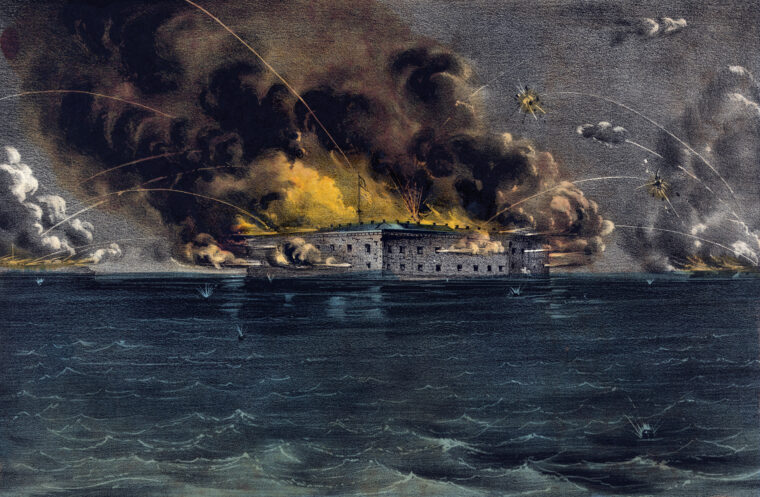
United States
Shortly after midnight on the morning of April 12, 1861, four men in a rowboat made their way across the pitch-black harbor at Charleston, South Carolina, toward Fort Sumter, an unfinished and architecturally insignificant masonry fort three miles out from the city where the harbor meets the Atlantic Ocean. Read more
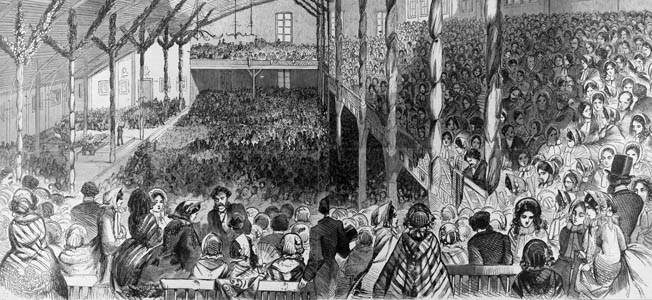
United States
The sudden wreck of the Whig Party in the 1850s led to the development of a new political party to contend with Stephen Douglas and the Democrats. Read more
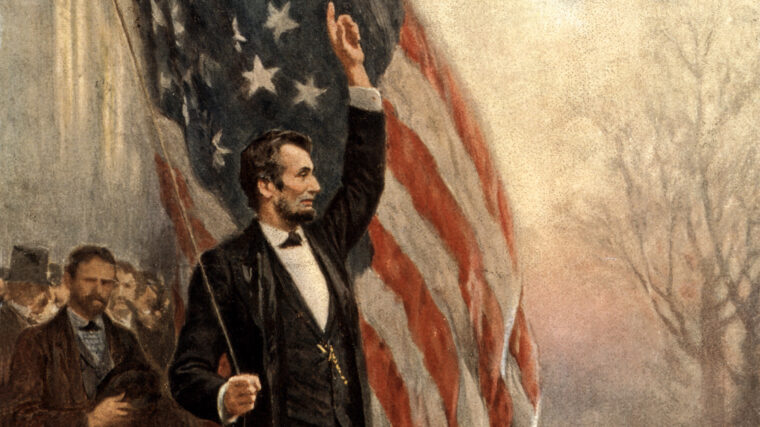
United States
It was unseasonably warm in Charleston when the Democratic National Convention opened for business at noon on April 23, 1860. Read more
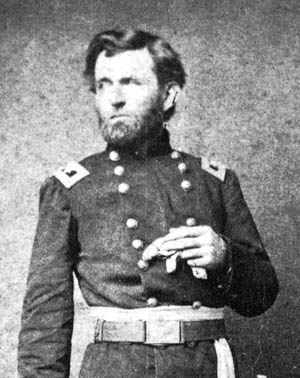
United States
The Confederate attack on Fort Sumter on April 12, 1861, marked the beginning of the American Civil War. Read more
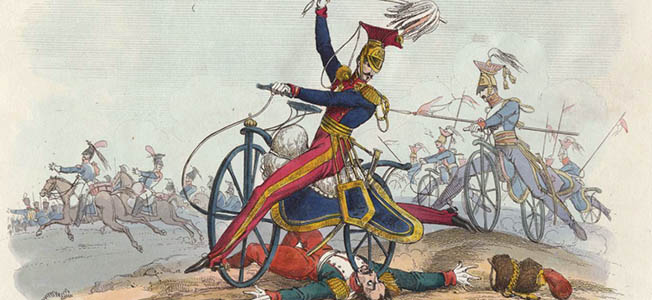
United States
by Peter Suicu
Ironically, two nations that used bikes in the greatest numbers have never actually used them in anger. Read more
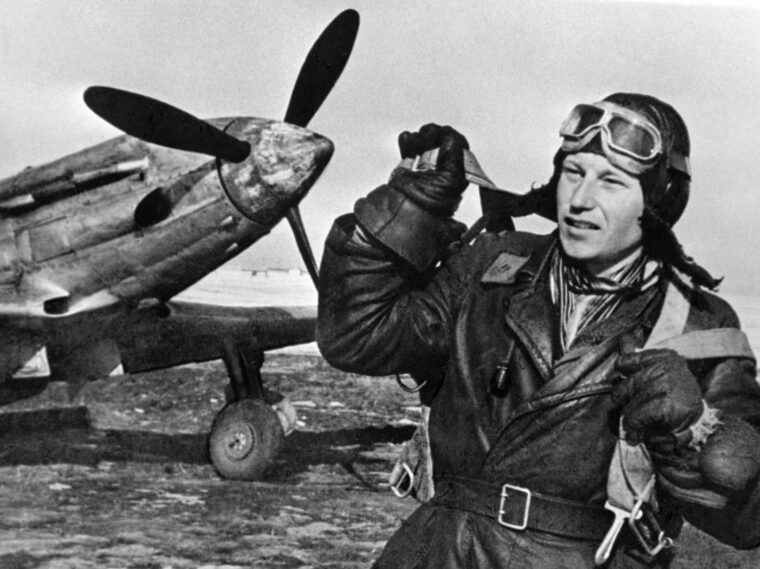
United States
According to contemporary Soviet news sources, fighter Ace Alexander Pokryshkin was the most famous pilot in the Red Air Force during World War II. Read more
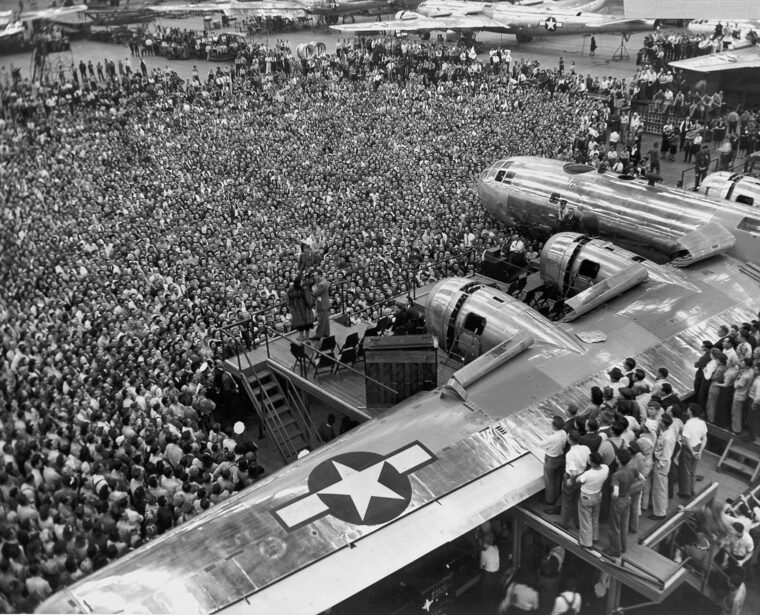
United States
When Maj. Gen. Curtis Lemay, the hard-driving commander of the Twentieth U.S. Air Force based in Guam, decided to change tactics in early 1945 to boost the effectiveness of the B-29 Superfortress, it was the Bell Aircraft plant in Marietta, Georgia, that ultimately provided him with the stripped-down bombers that played such a key role in ending the war in the Pacific. Read more
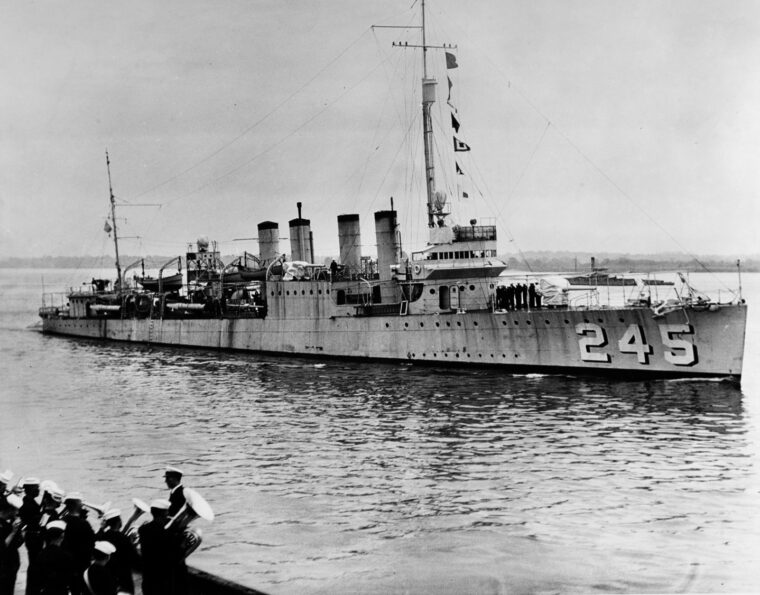
United States
When the destroyer USS Reuben James (DD-245) was assigned to convoy duty in the North Atlantic in the autumn of 1941, its crew had a sense of foreboding and feared the worst. Read more